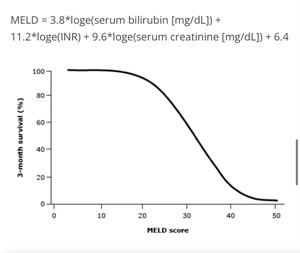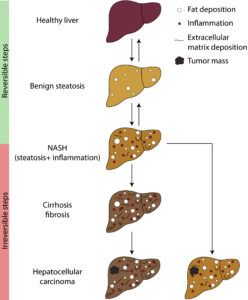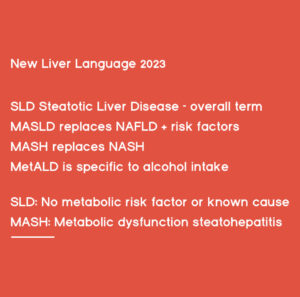I wasn’t sure about the details of what a MELD score for liver transplant meant until my doctor gave me one. It was right after my first draining of the yellow fluid called paracentesis. A lot of new words were being hurled at me left and right. I had a surprise diagnosis of hepatitis at the same time that I was hospitalized for liver failure. Whattamess! If you are there, here are some details to help you understand the MELD score.
With a MELD Score of 13, they told me to forget being listed for a transplant at that time. I’ve since learned that you MAY get a liver transplant with a MELD Score that low. At the time there was no cure for hepatitis C or HCV, so I was out of luck. But soon, a referral to a transplant hospital happened. That was because the FDA approved a cure for Hep C, which meant that a liver transplant might be in my future. However, it wasn’t going to happen until I got cured.
I could not find an easy to read image. You can google MELD or Child Pugh and click images to find many. I couldn’t get one to upload. Sorry.
Lowering the MELD Score?
After I was cured of Hep C, my MELD score went down to around 7 or 8, depending on the day. It was usually below 10. That was a good thing, and I decided not to get listed for a transplant at the time.
Although I was still living with End Stage Liver Disease, my health was better since getting cured of viral hepatitis. With the inflammation gone, my liver began to heal. Sure, I was getting regular varicose bandings, taking beta blockers and also getting my routine 6 months check up for HCC liver cancer. It’s smart to be closely monitored for liver cancer when you have advanced cirrhosis. But the MELD stayed low.
What is MELD – Model for End-Stage Liver Disease
The MELD (Model for End-Stage Liver Disease) score is a number scale. It can range from 6 to 40, and is used to determine how advanced chronic liver disease. This makes sure that the people who are being listed for organ transplant will be fair. In other words, it prioritizes patients for liver transplantation.
The points or score is calculated based on the results of several blood tests. The number that they come up with is called a MELD Score. It is used to predict the short-term death risk of patients with end-stage liver disease. The higher your MELD score is, the more quickly you may die from a complication of liver disease. Your medical provider uses the calculation that also takes bleeding varices, portal hypertension, kidney, and other factors into account.
The MELD score can range from 6 to 40, with higher scores indicating more severe liver disease and a higher priority for liver transplantation. The score is calculated using a mathematical formula by using your own blood lab results. It’s super complicated, so I never tried to calculate my own MELD score. Your doctor is the best source for you on the exact score.
The AASLD, which is the American Association for the Study of Liver Disease has an easy to read article.
MELD Score = 3.78 × ln (bilirubin) +11.2 × ln (INR) + 9.57 × ln (creatinine) + 6.43
MELD Score=3.78×ln(bilirubin)+11.2×ln(INR)+9.57×ln(creatinine)+6.43
Terms used for blood labs
- Bilirubin measures the amount of bile pigment in the blood, which can indicate liver function.
- INR (International Normalized Ratio) measures blood clotting time, which can be affected by liver dysfunction.
- Creatinine measures kidney function, which can be impaired in patients with severe liver disease.
Some doctors use other factors such as sodium (Na) to the score, known as the MELD-Na score.
How Important is the MELD?
It is not that important to know your MELD score, that is, unless you are being listed for transplant. As I said earlier, I did NOT get listed at first. After a couple of years of surveillance (ultrasound and Alpha Feta Protein Marker) I did get a tumor that was cancerous. At that point, the listing process began immediately. Honestly, all I had to do was show up for the testing required.
I think we all like to know where we are in the process of living with liver disease. A MELD score is our personal number used by UNOS, and it is an indication of how sick our liver is, and how likely we are to survive. If you choose not to list with a lower MELD score, you can always come back later and your doctor can begin the process quickly if it is warranted. No worries about that and it is how I did it.
If you have any questions, please feel free to ask away. There is a lot of information out there, and I’m always happy to help.
Xo Karen
Here is a link to a government website where you can get more information.
Singal AK, Kamath PS. Model for End-stage Liver Disease. J Clin Exp Hepatol. 2013 Mar;3(1):50-60. doi: 10.1016/j.jceh.2012.11.002. Epub 2012 Dec 1. PMID: 25755471; PMCID: PMC3940492.







